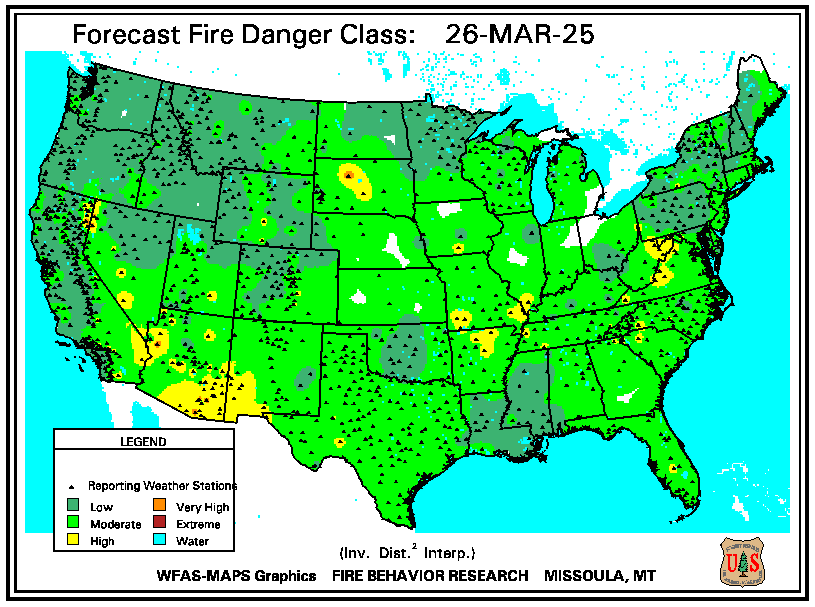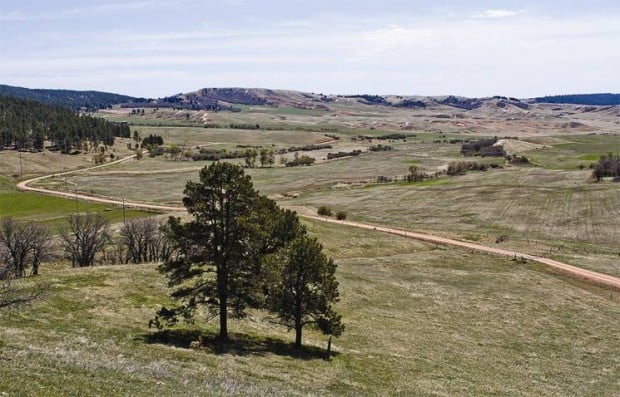Cattle shitting in a sensitive watershed on the BHNF: note bug kill. Antimicrobials in manure kill fungal communities necessary for healthy forests.
There are eight grazing allotments on the Northern Hills district that can no longer support livestock.
There are four federal land management groups that allow grazing: the National Forest Service, the Bureau of Land Management, the Bureau of Indian Affairs, and the National Park Service. Tom Smith, range staff officer for the Northern Hills Ranger District of the Black Hills National Forest said there are 36 allotments in his district, eight of which are vacant. The allotments add up to 304,387 total acres and each allotment ranges from 1,223-20,479 acres in size. The Bureau of Land Management (BLM) has 504 grazing allotments in Western South Dakota said Carmen Drieling, the group’s rangeland management specialist. “It’s a rate based on a formula that we have nothing to do with,” Smith said. “Congress set up the formula during the Regan [sic] administration and has done nothing to change it.” Currently that rate is $1.35 per grazing pair, per month. “It’s ridiculously cheap,” he said. “If you were to lease private land to do the same thing, you’re looking at $30. $20 would be cheap.” [Mark Watson, Black Hills Pioneer]Betty Olson is an earth hater state legislator defending the Bundyists in Nevada. Writing in the Black Hills Pioneer she says:
The federal government shouldn’t be allowed to own any land within a state’s boundaries unless it is granted permission by the legislature of that state, and so far, no state has given that permission to the federal government.President Obama, it's time to rewild the West: tear out the main stem dams, extend the CM Russell Wildlife Refuge to Oacoma, South Dakota along the Missouri River and to Yellowstone then to the Yukon.
Ranchers who rely on the Bureau of Indian Affairs and Oglala Sioux Tribe grazing permits were recently notified that their leases will expire in October 2015. The plan would reintroduce buffalo into the South Unit by carving the Stronghold Buffalo Grazing Unit out of private land and leased lands within the South Unit of Badlands National Park. It was approved in June by the tribal council. The tribe is currently working with the National Park Service to create the nation's first tribal national park that would encompass the 133,000-acre South Unit. The plan includes the return of bison to the park and the end of cattle grazing. "The National Park Service and the tribe are working to resolve issues that will result in legislation that could be introduced," Perry Plumart, Sen. Tim Johnson's press secretary, told the Journal on Wednesday. Plumart said the senator is impressed by their cooperation. [Andrea Cook, Rapid City Journal]It’s time for cougars to enjoy Endangered Species protection and for you, Mr. President, to dissolve the Black Hills National Forest; and, in cooperation with BIA Forestry and Wildfire Management, rename it Okawita Paha National Monument then make it part of the Greater Missouri Basin National Wildlife Refuge.















